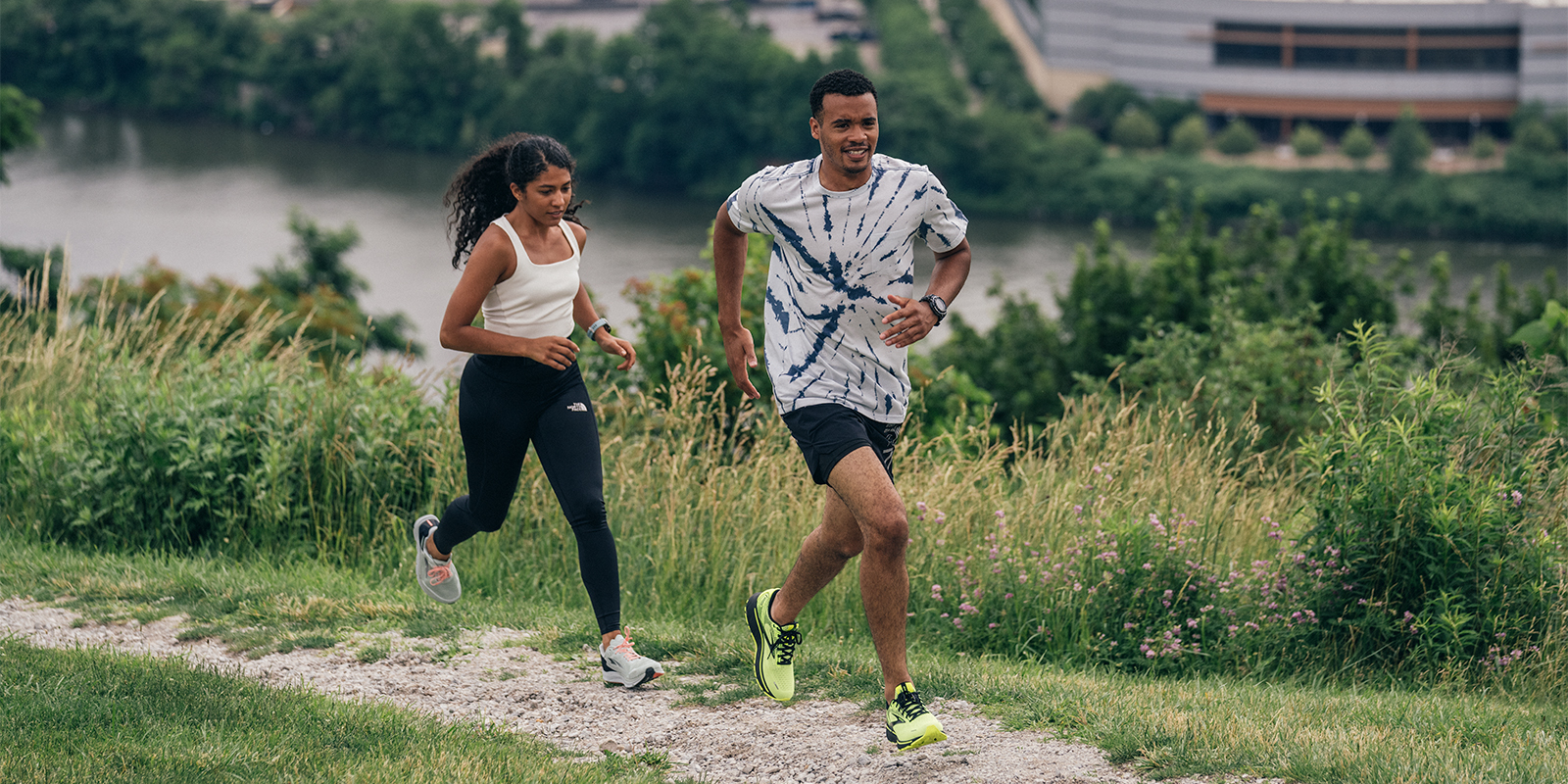Gloves may seem like a minor accessory, but there’s a reason you see marathoners wearing shorts, a tiny singlet, and gloves. Extremities, like hands and feet, get cold before other parts of our bodies because they’re farthest away from your blood-pumping, heat-generating heart. In all but the gnarliest winter temperatures, feet stay warm because they’re hitting the ground and flexing over and over while you run...and, they’re insulated by socks and shoes.
But, hands. Cold hands can lead to a cold body. Comfortable hands lead to a comfortable body. For running in cool to cold temps—spring, fall, winter, summer mountain runs where the temperature can turn quickly, or running at night, gloves can help you up your running game.
Here’s a guide to finding the right gloves for you.
What are Your Needs?
First, ask yourself a few questions, like what scenario you might need to wear running gloves.
Training for a fall or spring marathon, with raceday potentially being chilly?
Shop for thin, lightweight gloves, or knit gloves.
Running outdoors through winter in cold, dry climates?
Shop for fleece-lined, brushed polyester, or wool/wool-blend gloves.
Running in really cold climates through winter?
Shop for insulated gloves or mittens, or inner gloves with outer mittens, or lobster claws with weatherproof exteriors. And consider longer cuffs to provide extra warmth between long sleeves and hands.
Run trails where temperatures and conditions vary, especially when running at altitude?
Shop for thin, lightweight gloves or thin gloves with windblock over-mittens.
Run roads in low light?
Shop for gloves or mitts with reflective details. Moving body parts (your hands) with reflectivity increase your visibility, and therefore, your safety.
Want to be able to operate your smartphone mid-run?
Shop for gloves that have touch screen-friendly fingertips and or thumb tips.
Is versatility key for you, due to varying temps and conditions encountered on a single run?
Shop for convertible gloves/mitts, also known as “2-in-1” gloves.





